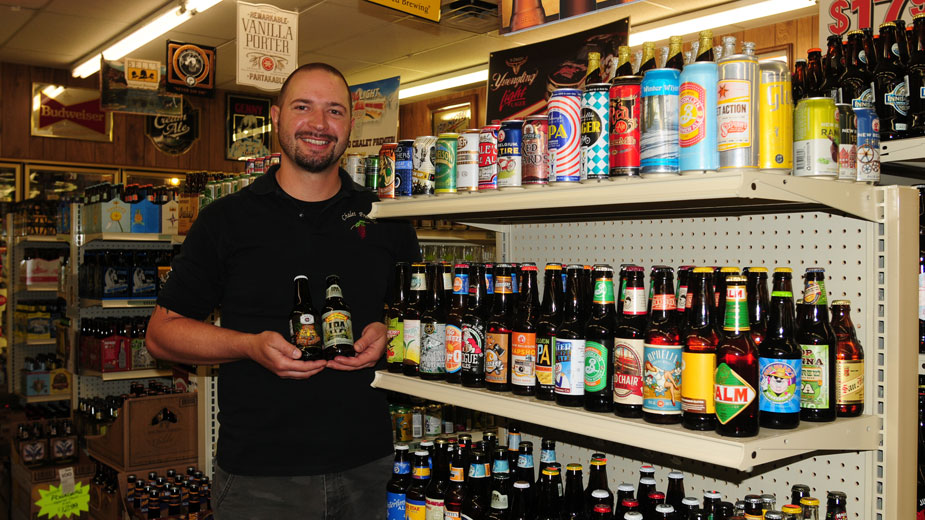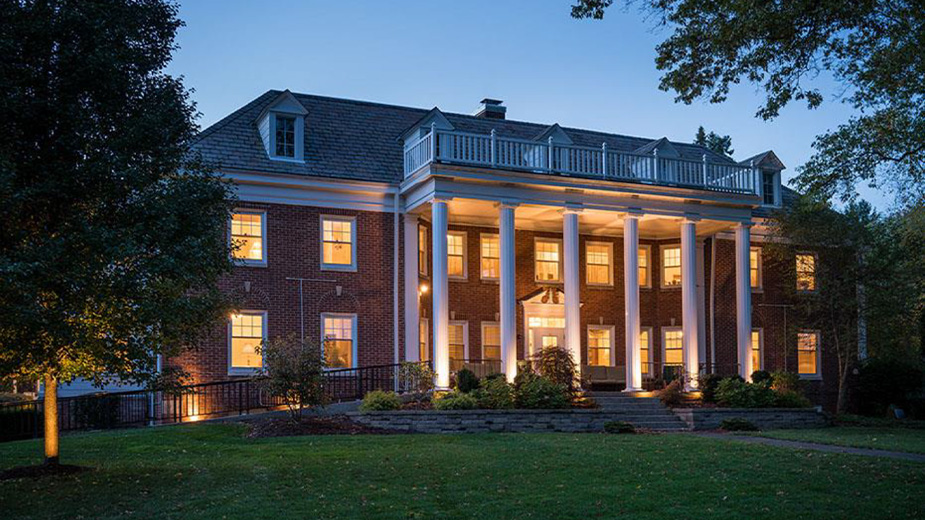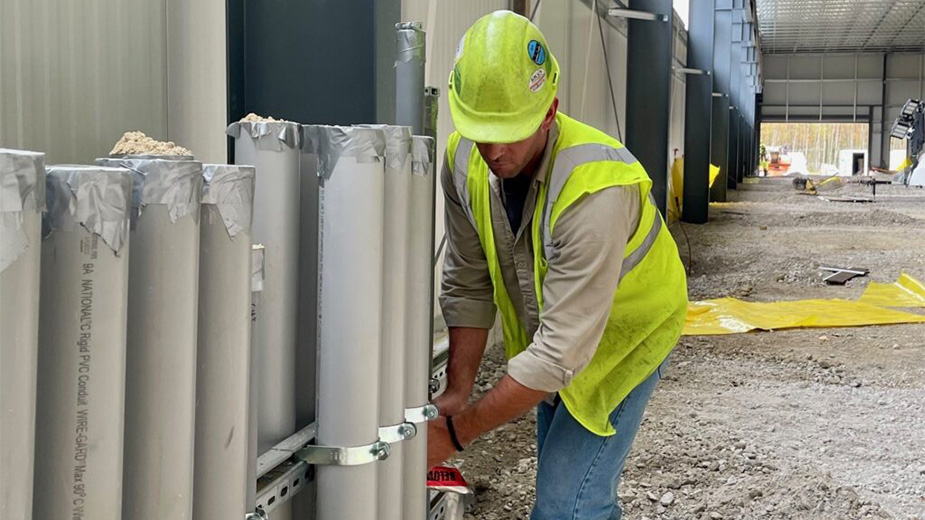No Shortage of Craft Beer Enthusiasts or Varieties
YOUNGSTOWN, Ohio – There was a time, maybe two or three years ago, when Ryan Zocolo could easily tell you the best-selling craft beer at Chalet Premier, the beer and wine specialty store in North Lima that he manages.
Now, identifying a No. 1 brand is much more challenging because, over the last four years, new products from all over the United States are being introduced, adding to the Chalet inventory each month. Meanwhile, more microbreweries with their own signature recipes are moving into the market and selling to what has emerged as one of the biggest trends in the beer and wine industry.
“I couldn’t pinpoint our best-seller,” Zocolo says. “The portfolio is so spread out.”
Chalet Premier stocks beer produced from more than 150 independent breweries alongside the traditional domestic beers such as Budweiser. “And, there are new ones on the horizon,” he says.
Clearly though, the favorite style in the craft beer market is the IPA, the acronym for India Pale Ale, an extra hoppy beer so named because it was made in large quantities for British soldiers in India beginning in the early 19th century. “The IPAs rule the craft beer world,” Zocolo says.
He points to several brands that have caught the taste buds of the Mahoning Valley. Chalet Premier, for example, sold 36 cases of Fat Head’s Brewery & Saloon’s Hop Juju, an American Imperial IPA, in one month. The Cleveland-area brewery usually prices that IPA for $12.99 a four-pack, Zocolo says, indicating customers will pay a higher price for great-tasting beer. Other breweries such as Founders KBS – a limited quantity IPA brewed in Michigan, is a big hit when that beer is brewed.
Brewers of IPAs are now adding other ingredients – especially citrus – to their recipes. “That’s the trend right now,” Zocolo says.
And, it’s likely that shops such as Chalet Premier and breweries across the state will soon brew and sell beer with a higher alcohol content, should Gov. John Kasich sign H.B. 37 into law.
“That would basically remove the alcohol content cap in Ohio,” Zocolo says. As it stands, breweries in Ohio cannot manufacture beer with an alcohol content above 12%, nor can distributors, taverns, or retailers sell beer over that limit.
Jeff McDevitt, owner of Vintage Estate Wine and Beer, Boardman, says lifting the cap means adding a whole new line of product and customers for his business. “There really is a market for it,”he says.
One distributor the company deals with boasts 177 labels of beer that would fit into the 12%-and-above category that, right now, the retailers can’t carry. “People have been leaving the state in order to get it,” he says. “There’s a window of opportunity here for sure.”
Vintage Estate stocks about 1,300 beers and 1,000 wines, McDevitt reports. While domestics still command a significant part of total beer sales, craft beers continue to increase their market shares throughout the industry. “IPAs are still the most popular,” he says, “but sour beers are picking up steam and stouts are always popular.”
Craft beer aged in bourbon barrels is also becoming a favorite while regional breweries are turning out interesting products that are gaining a wide following, McDevitt says. “Some of the local stuff – White Rajah, which is made at the Brew Kettle in Strongsville – people come from Pennsylvania to get it because it isn’t sold there. We can’t keep that on the shelf,” he says.
The craft beer business has exhibited “steady growth,” especially as more microbreweries come online across the country, he reports. “Domestics are still giants as far as percentages go, but craft beers are gaining ground.”
As such, brewers in the Mahoning Valley are riding the wave of the craft beer industry as it takes hold in northeastern Ohio.
“We’ve expanded our selection and have 12 varieties on tap at the tavern,” says John Chandler, owner and brewer of Paladin Brewing in Austintown. The brewery opened last year and today is selling kegs to 26 bars and restaurants in Mahoning County, and selling it on tap at its tavern on Mahoning Avenue.
“Our most popular is the Sir Kenneth, an IPA that’s an easy-drinking beer,” Chandler says. “Our second-biggest would be our breakfast stout.”
Nick Uroseva, owner of Cork & Cap Bottle Shop & Tasting, Warren, says that in the five years that he’s owned the business, craft beer sales have grown at a brisk pace. “The majority of the business is still wine,” he says. However, craft beer – the shop sells no other type of beer and sells it only by the bottle – has steadily increased in terms of percentage sales.
“It used to be about 80% wine and 20% beer,” Uroseva says. “Now, it’s about 60% wine and 40% beer. I’ve seen it grow about 25% over the last four years and we’ve expanded to justify the trend.”
For wine enthusiasts, Uroseva has introduced the first Napa Technology wine-tasting stations in the Mahoning Valley. “We’re unique in the area. Usually, you’d have to go to a big city to find these,” he says.
A customer receives a wine card that he can insert and have delivered in his glass a sample of some of the finest wines in the country, Uroseva says. “I’ve had $150 bottles of wine in the machine before. I rotate it all the time.”
The premise is to allow the customer to sample a portion of a particular wine before he buys a bottle.The company also hosts dinner pairings at area restaurants and country clubs. “We also host craft beer tastings here,” Uroseva adds. “It’s what people want. They love going to breweries, wineries. We’re trying to sell that ambiance,” he says.
Even the wineries in the region are getting into the craft beer business.
“Our beers are produced and distributed by Thirsty Dog,” a brewing company in Akron, relates Nichole Cardinale, manager of marketing and business development at Gervasi Vineyards in Canton.
All of Gervasi’s beer – it has its own recipe but the beer is brewed at Thirsty Dog – and wine is sold solely at the vineyard and a sister restaurant, The Twisted Olive in Akron, Cardinale says. While craft beer is now a part of the market, the vineyard’s atmosphere harkens to an old world Italian country estate where grapes are grown on the property and wine is made on site.
“We now produce 20,000 gallons of wine each year,” Cardinale says, or about 100,000 bottles.
The former farm has three restaurants and 24 villa suites on the property. “We’re a large, upscale, custom-themed winery,” she relates.
Grapes are grown on the estate while some are imported, Cardinale says. Three varieties of wine are produced from grapes grown at Gervasi, six other varieties are imported from Italy, while 18 are sourced from vineyards in California, the Pacific Northwest and the East Coast. “This is the first year we’ve produced wine grown from the property,” she notes, since it takes five years for grapes to mature enough to make wine.
“All of the wines are made here and we continue to grow,” Cardinale says. “It’s great around peak tourism season, as well as the spring and fall. Here, it gives people the chance to escape and experience this kind of life.”
Pictured: Ryan Zocolo manages Chalet Premier in North Lima.
Copyright 2024 The Business Journal, Youngstown, Ohio.



